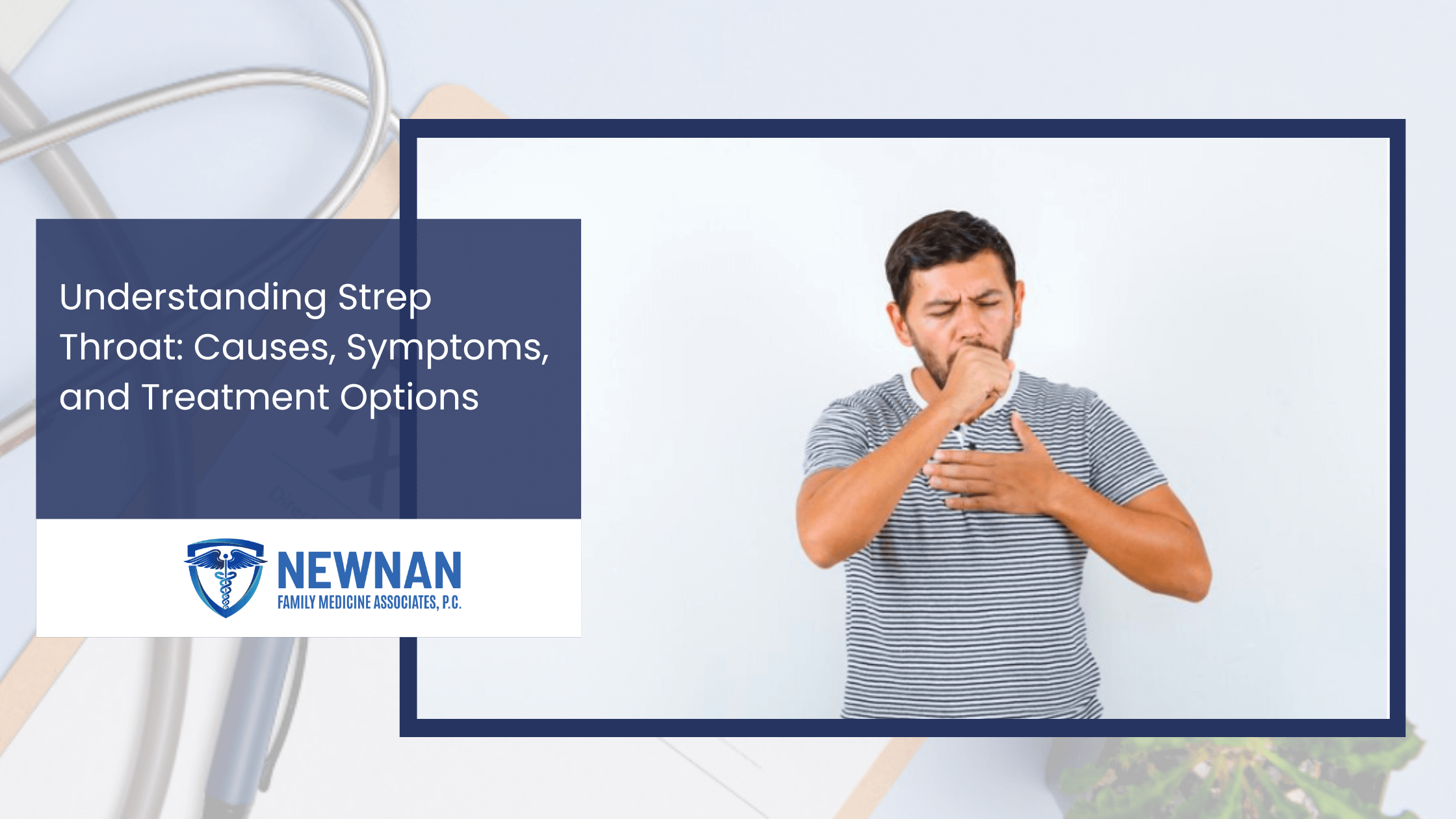


Strep throat is a common bacterial infection primarily seen in children, but people of all ages can get the infection. You must consult your physician immediately for prompt diagnosis and treatment if you have strep throat symptoms. The condition, if left untreated, can lead to more severe health complications such as kidney inflammation and rheumatic fever.
According to the Centers for Disease Control and Prevention (CDC), there are several million mild strep throat cases each year and 11,000 to 13,000 severe cases, with 1,100 to 1,600 deaths. So, it is important that you learn more about strep throat. This blog discusses the symptoms and the leading causes of strep throat while providing information on how the infection is diagnosed and its best treatment option.
Strep throat is an infection that affects your throat and tonsils. It is highly contagious and causes severe inflammation and soreness of the throat. It derives its name from group A Streptococcus, the bacteria that causes this infection. It is also known as Group A Streptococcal (GAS) infection.
Strep throat bacteria thrive in places where people are in close contact for extended periods, so the infection is most common in school-going children between 5 to 15 years of age. Adults constantly near children are more prone to getting the infection than others. Although you can have strep throat any time of the year, you are more likely to get the infection in winter and early spring.
You experience strep throat symptoms nearly 2 to 5 days after coming into contact with the strep germ. Depending on the intensity of the infection, your symptoms can be either mild or severe. While the main symptom of strep throat is a sore throat, you may experience other symptoms too.
The leading cause of strep throat is streptococcus pyogenes or group A Streptococcus, a kind of bacteria. It is contagious and spreads fast. You can receive the germ from an infected person through:
As soon as you have strep throat symptoms, you must consult your doctor to prevent serious consequences due to a lapse in proper and timely diagnosis and treatment. Based on your symptoms, they will perform a physical examination and run a few tests, such as:
Strep throat is curable. The best treatment for strep throat is administering antibiotics, which are most effective against bacterial infections.
Your doctor prescribes antibiotics to:
However, for complete recovery, you must ensure that you complete the prescribed dose of the antibiotic even after the symptoms subside.
Strep throat is a highly contagious infection more often seen among children than in adults. It is a type of sore throat with the main symptoms being fever, body ache, and swollen and infected tonsils that make swallowing painful. Caused by a bacterial germ, group A Streptococcus, it is a curable infection, and its best treatment is taking antibiotics prescribed by your physician. Receiving treatment for strep throat is necessary to prevent further health issues.